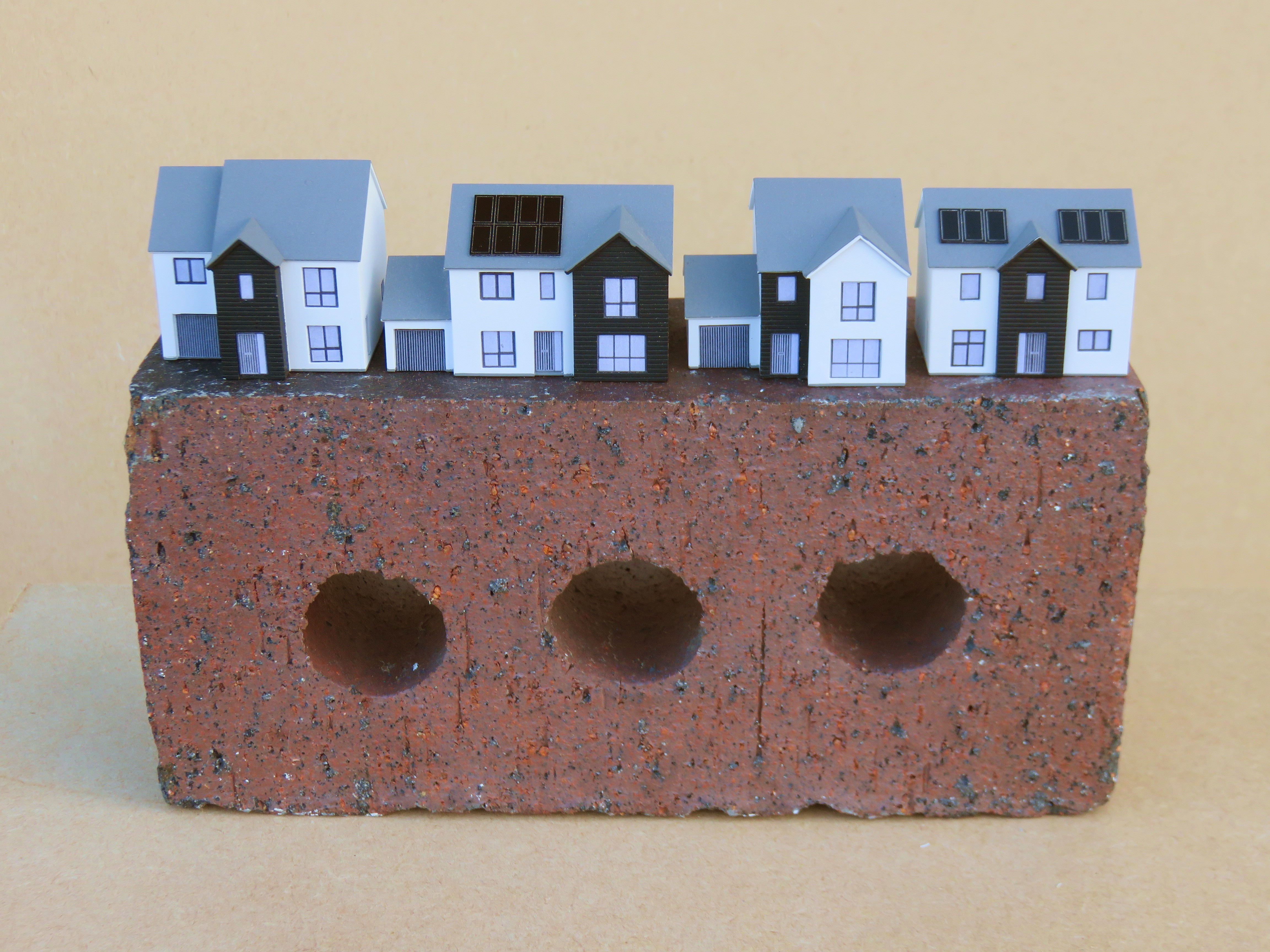These days, customer enquiries often begin with, “can you provide me with a 3D model of…” The simple answer is, of course, yes. But printing is only one of the tools available to an experienced model manufacturer.
Advances in technology mean that model manufacturers have never had such a wide choice of media, with levels of detail only dreamed about twenty years ago. Depending on the scale, complexity and repetition of the design we may, for example, choose to laser-cut or computer machine components, or even vacuum cast complete buildings in high performance resins.
Whilst CAD software allows a printer or laser-cutter to be instructed at the click of a button, some allowance for a redraughting process is often necessary in order to facilitate assembly stages down the line. Similarly, the attraction of printing a complete house may be mitigated by the need to spray finish different cladding areas in different colours, without having to mask out.
As I glance around the workshop this afternoon, I see one marketing model (destined for Birmingham) where all the houses were resin cast, and another larger scale Glasgow project which is fabricated from CAD-machined components. An engineering model, awaiting delivery to Edinburgh, contains fabricated parts, as well as intricated acid-etched parts which would be almost impossible to make by hand.
Scale models have never been so affordable or accurate and as the techniques and materials used in production are rarely discernible to the finished product, so “to print or not to print” is a question best left to the model maker. Whilst housing models can sometimes benefit from the technology, it is in engineering models where it can really pay dividends. We work closely with clients in Inverness and Aberdeen – offshore engineers working in renewables and the oil industry, where structural steelwork can be complex and intricate. Assembly barges, platforms and turbines all lend themselves to the wonders of printing.

